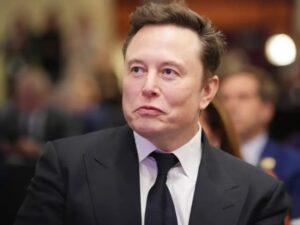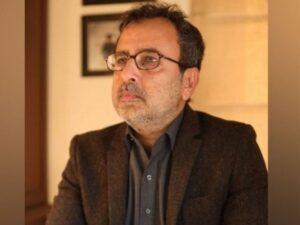Islamabad:
The inflation rate increased to 4.1% in July due to the increase in non -perishable food and energy products prices, but it has remained well in the planned range, which does not yet seem sufficient to shape the hard bank position which is not willing to reduce interest rates to a single figure.
Friday, Pakistan Bureau of Statistics said that the average basket prices of essential goods and services increased at a rate of 4.1% in the first month of the new fiscal year 2025-26. It was the highest increase rate since December of last year, but remained within the limit of 3.5 to 4.5% given by the Ministry of Finance.
The monthly bond of the index was also more than two years older, as the inflation rate increased by 2.9% in July compared to the previous month, the PBS reported.
The main reasons for the high increase in the rate were the increase in non -perishable food prices and the administrative increase in gas and electricity rates, according to PBS data.
The central bank has retained 11%interest rates, which are much higher than the head inflation rate. This only benefits commercial banks to the detriment of the company and the federal government which gives about half of the total budget of interest payments.
The government has allocated a total of 8.2 billions of rupees for the debt service, which is equal to 46% of the budget approved for the next financial year.
In order to justify any variation in prices, the Central Bank’s interest committee said this week that inflation prospects have made somewhat aggravated following a higher than expected adjustment of energy prices, in particular gas prices.
He also added that inflation should stabilize in the target range in the future despite the upcoming revisions of motor fuel prices and electricity prices, energy prices have remained lower on an annual basis.
Despite the fact that inflation will stabilize within 5% to 7%, the SBP has not reduced interest rates.
The central bank has also added that energy inflation should go from current levels to the significant increase in gas prices, by eliminating the temporary reduction in electricity prices in the fourth quarter of the last financial year and a recent increase in fuel prices.
The government reduced the prices of gasoline on RS7 on Thursday per liter.
With the price of fees, the difference between the inflation of the securities and the key policy rate of the SBP remained at 6.9%. For the new fiscal year, the government has approved an inflation target of 7.5%, which still provides an additional place to reduce interest rates.
Central inflation, calculated after exclusion of energy and food, has increased nominally in cities to 7% but has considerably reduced to 8.1% in rural areas, said the PBS. There was a major increase in non -food inflation, which accelerated at 5.9% in cities and 5.4% in rural areas, according to the PBS.
Annual urban inflation accelerated at 4.4% due to the increase in non -perishable, gas and electricity food prices. The rate lowered to 3.5% in rural areas last month.
The PBS reports the inflation data of 35 cities and covers 356 consumption elements. In rural areas, it covers 27 centers and 244 consumption items. PBS data have shown that food inflation has slowed 2.2% in cities and 1.5% in rural areas due to the fall in perishable food prices.
Sugar prices remain a major concern for the government due to its previous decision to authorize the export of 765,000 metric tonnes. On Friday, the PBS reported that on an annual basis, sugar prices were higher by 29.4% in July. There was an increase of more than 6% in the last month, despite the government and Pakistan Sugar Mills Association signing an agreement to maintain the ex-Prix in Rs165 per kilogram.
The PBS said on Friday that the average sugar price per kilogram was RS179 while the maximum rate was RS190 per kg.
The auditor general of Pakistan told the Committee of Public Accounts this week that the sweets gained approximately 300 billion manna roads due to the decision to export the goods.
The pulses also became expensive by a fifth last month. In the category of non-food, motor vehicles have increased 169%, followed by a 23% increase in gas prices and 14% of water supply prices.




